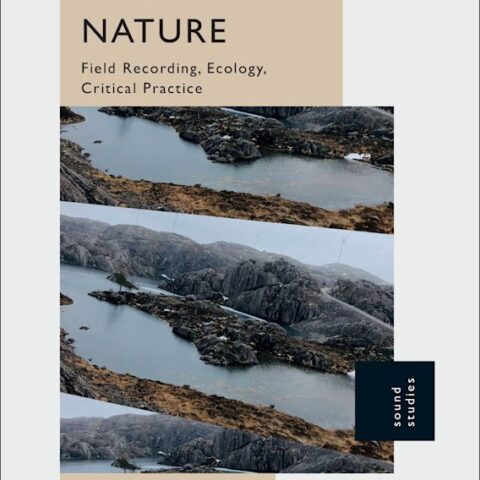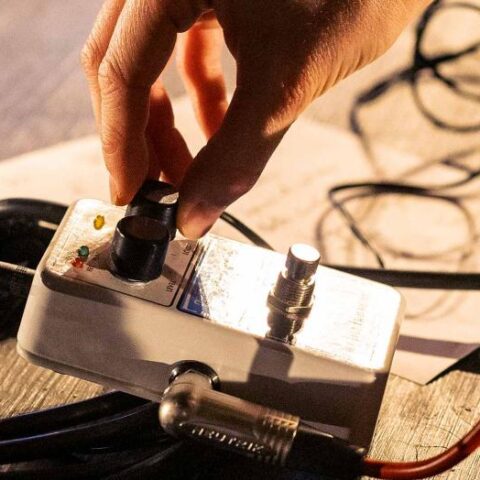
The Ears Between Worlds Are Always Speaking is a sound project by Postcommodity, presented at this year’s Documenta 14 art exhibition, which took place in Kassel, Germany, and Athens, Greece.
“The Ears Between Worlds Are Always Speaking is a long-form, 2 channel hyper-directional 4 act opera projected upon the ancient ruins of Aristotle’s Lyceum. For this work there is no physical intervention onto the site, with the exception of sound produced by 2 LRADs – LONG RANGE ACOUSTIC DEVICES – that are mounted on rooftops around the campus periphery. At the installation, audiences experience a shifting call and response hyper-directionality of sound when walking around the ruins of the school. The Lyceum, situated between the Athens War Museum, Hellenic Armed Forces Officer’s Club, and Athens Conservatory of music, offers a rich environment for engaging oral tradition, contemporary and ancient history, as well as a sense of embodied learning. Each day, the installation performs multiple movements of music from Greece and the Southwestern United States. The libretto is spoken and sung in multiple languages, expressing stories of long-walk migrations from throughout the world. The opera continues on as a cycle throughout the duration of the exhibition, and starts every morning while culminating early in the evening. By activating a contemporary variant of Aristotle’s peripatetic learning on the ancient sacred site, Postcommodity focuses its shared indigenous lens to dialogue with Aristotle, critique and honor Western philosophy, as well as implicate audiences as part of an international dialogue on global market systems in relationship to walking and movement upon lands — movement upon lands throughout the world constituting the largest mass migration in all of human history.”
“The result for visitors is a short, circuitous pilgrimage to hear the stories of those who have been forced to take longer ones, broadcast through weapons of war. Even more striking than the sounds, says Martinez, are the spaces of silence throughout the opera: a typical recording might last six minutes, while the silence in between lasts 20. “Visitors describe experiencing a sense of longing in the piece because music can be very beautiful, haunting, sad, and present: Because the LRAD turns the body into a resonator, you are essentially hearing the sound from within,” Martinez says. “When it goes away it leaves you with a sense of longing. It brings a new type of Lyceum to bear. The weight of history smacks you in the face in the middle of these ancient ruins.””
More at Postcommodity / co.design





